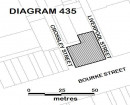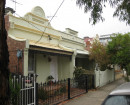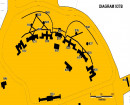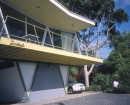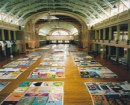CROSSROADS UNITING CHURCH
19-21 DUNCANS ROAD WERRIBEE, WYNDHAM CITY
-
Add to tour
You must log in to do that.
-
Share
-
Shortlist place
You must log in to do that.
- Download report
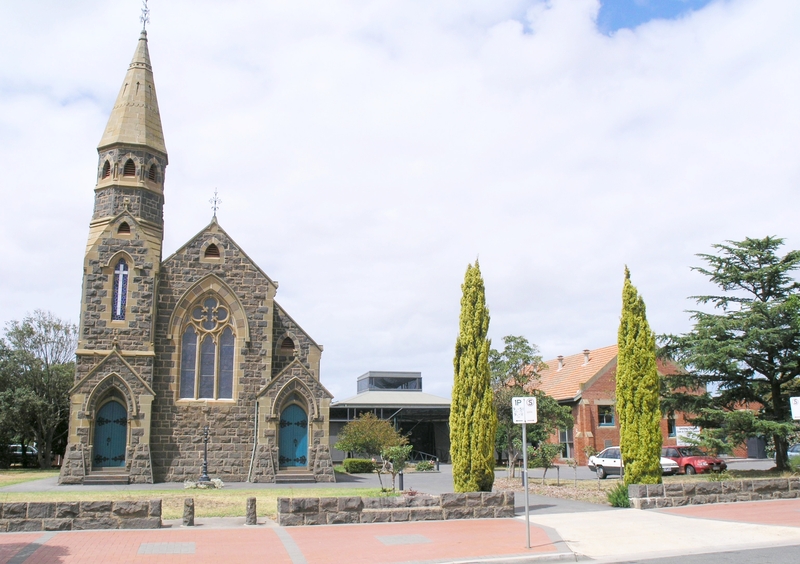


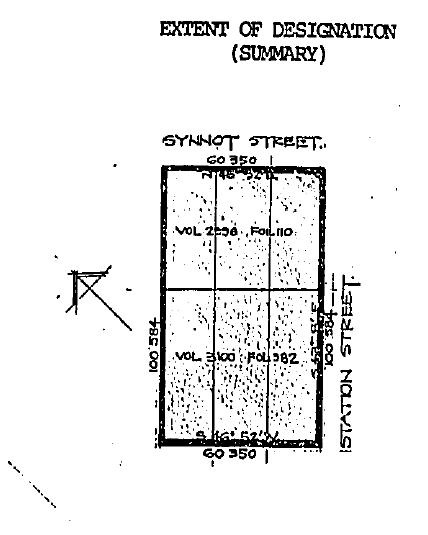
Statement of Significance
In 1884 Thomas Chirnside of Werribee Park erected the bluestone St Thomas's Presbyterian Church and manse on his own land at Werribee. The entire cost of the construction of the two buildings, ₤3500 was paid by Chirnside.
Messrs Harding and Holyoak of Geelong built the church and manse designed by the eminent Geelong and western district architect Alexander Davidson.
The church is the last of a small number of churches designed by Davidson and his partner George Henderson in the French Gothic mode which they favoured. It features a distinctive octagonal tower with engaged colonettes and a stone spire. The initials TC form part of the design of an iron weathervane at the top of the spire. The interior of the church is notable for its timber ceiling and roof trusses decorated with carved eagles, the Chirnside family emblem. In this respect the interior resembles the billiard room addition built in 1883 at Werribee Park and also designed by Davidson.
In 1897 George Chirnside (a nephew of Thomas Chirnside) had a family pew made for the church. Originally containing six seats the elaborately carved English oak pew was raised and enlarged in 1956 to accommodate the choir.
The bluestone manse is a highly intact single storey domestic building with double gable ends and fretwork bargeboards to the street elevation. The front verandah features the distinctive patent case iron details which were characteristic of the work of Davidson and Henderson. The verandah columns and decorative cast iron brackets are identical in pattern to those at Narrapumelap homestead, Wickliffe, designed by Davidson and Henderson in 1872.
St Thomas's church and manse are together an important part of the built evidence of the Chirnside association with the Werribee area, Werribee Park and Point Cook. These two buildings and the land are illustrative of the patronage by which Thomas Chirnside sought to recreate in Werribee the way of life of an English country gentleman.
-
-
CROSSROADS UNITING CHURCH - History
Associated People: Assoc.People THOMAS CHIRNSIDECROSSROADS UNITING CHURCH - Permit Exemptions
General Exemptions:General exemptions apply to all places and objects included in the Victorian Heritage Register (VHR). General exemptions have been designed to allow everyday activities, maintenance and changes to your property, which don’t harm its cultural heritage significance, to proceed without the need to obtain approvals under the Heritage Act 2017.Places of worship: In some circumstances, you can alter a place of worship to accommodate religious practices without a permit, but you must notify the Executive Director of Heritage Victoria before you start the works or activities at least 20 business days before the works or activities are to commence.Subdivision/consolidation: Permit exemptions exist for some subdivisions and consolidations. If the subdivision or consolidation is in accordance with a planning permit granted under Part 4 of the Planning and Environment Act 1987 and the application for the planning permit was referred to the Executive Director of Heritage Victoria as a determining referral authority, a permit is not required.Specific exemptions may also apply to your registered place or object. If applicable, these are listed below. Specific exemptions are tailored to the conservation and management needs of an individual registered place or object and set out works and activities that are exempt from the requirements of a permit. Specific exemptions prevail if they conflict with general exemptions. Find out more about heritage permit exemptions here.
-
-
-
-
-
WERRIBEE RAILWAY STATION
 Victorian Heritage Register H1309
Victorian Heritage Register H1309 -
CALLANAN'S CHEMIST
 Victorian Heritage Register H1956
Victorian Heritage Register H1956 -
FORMER DAIRY SITE
 Victorian Heritage Inventory
Victorian Heritage Inventory
-
'ELAINE'
 Boroondara City
Boroondara City -
-oonah
 Yarra City
Yarra City -
..eld House
 Yarra City
Yarra City
-
-





